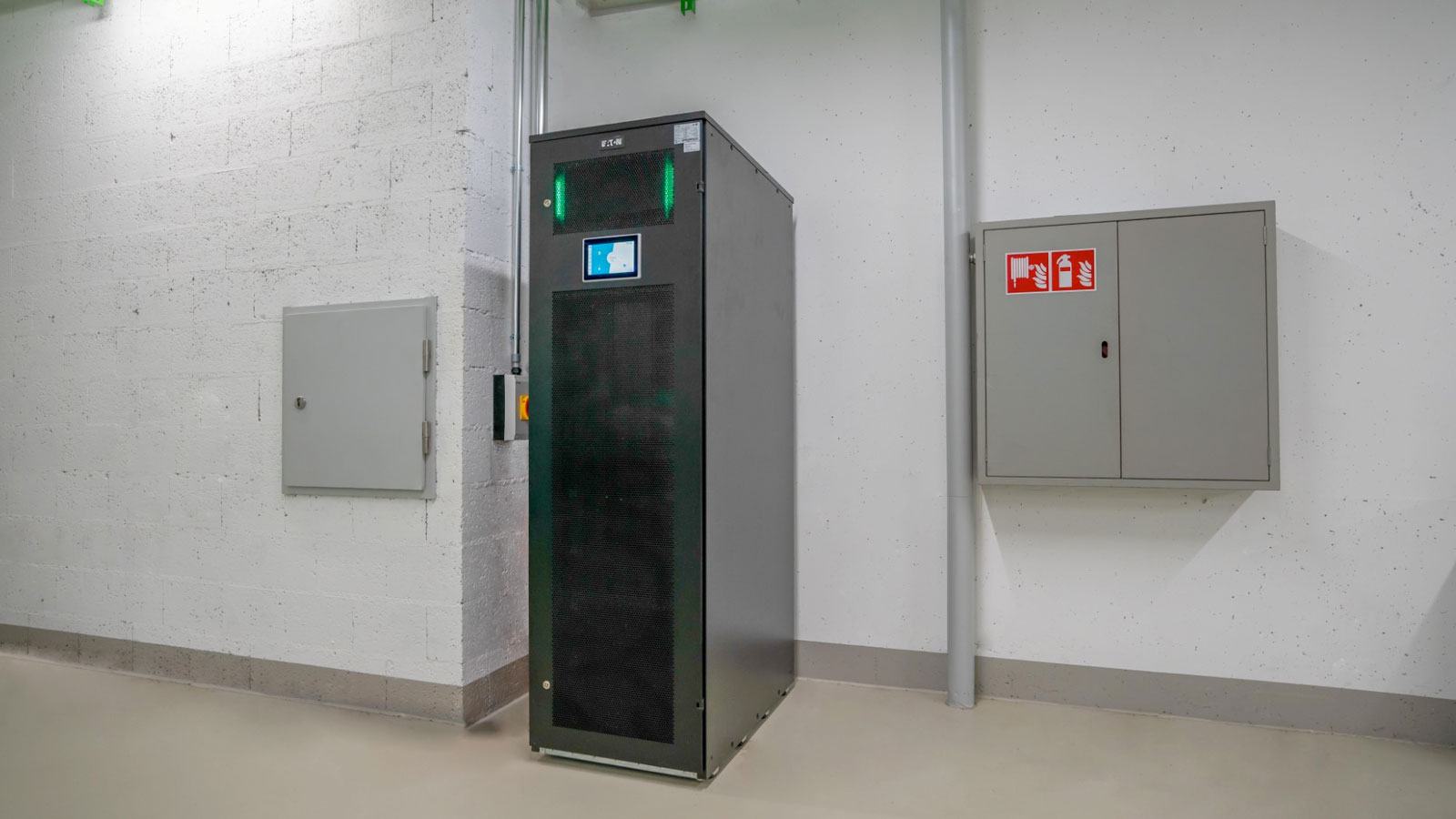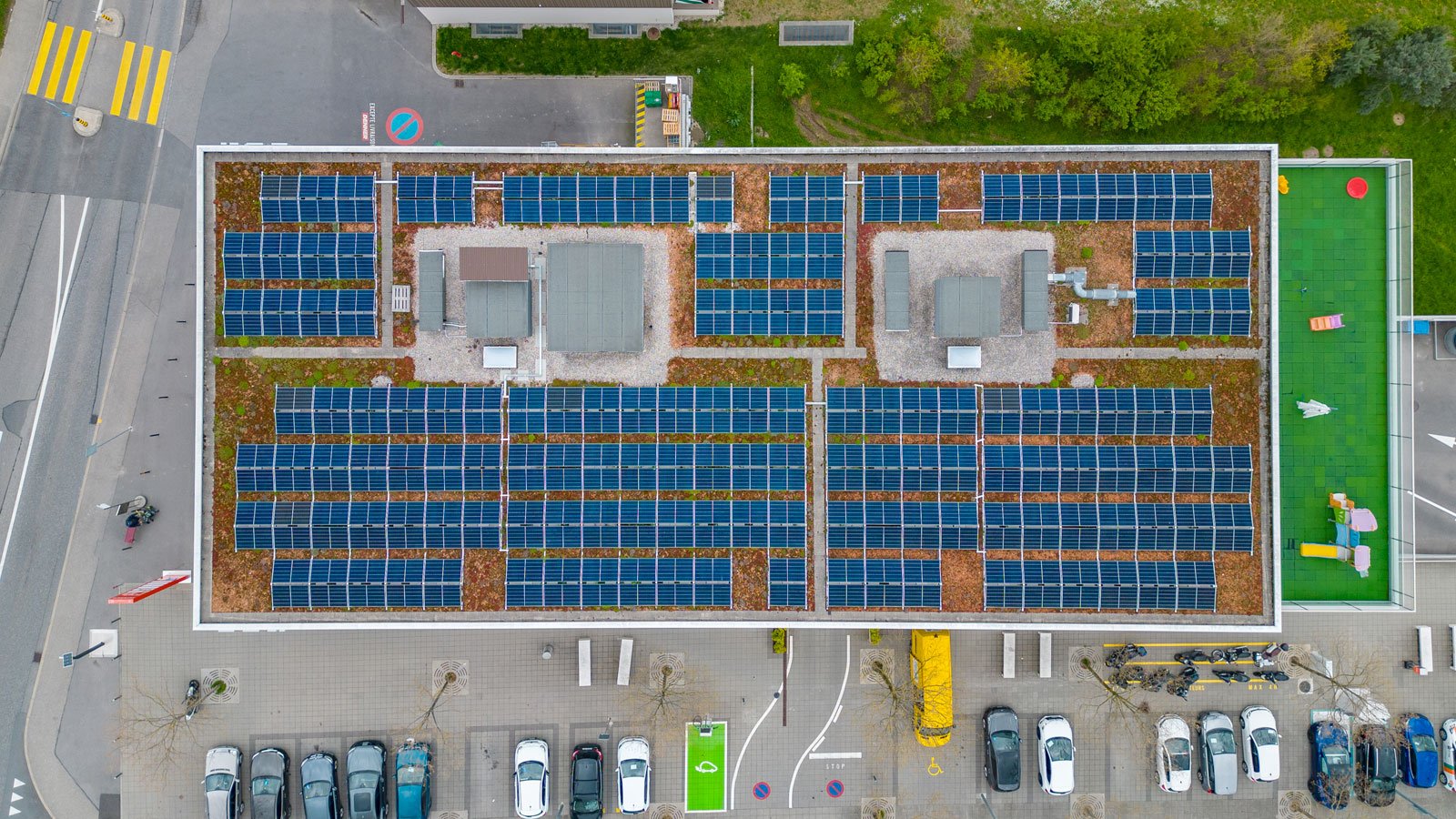The benefits of energy storage systems in buildings are multifaceted bringing value to the grid, building operators and occupants. Use cases are varied and value can be created not just for those working in electrical roles but also in finance and sustainability, as Marc Gaunt, UK Commercial and Industrial Segment Manager, for Eaton Electric explains.
Energy storage: a sector on the rise in commercial buildings
While it’s tempting to think that society’s main challenge is simply generating more power, it’s tied to an urgent need to develop better ways to store and manage it. There are many energy storage drivers at play here – including decarbonisation and energy security that remain top of the agenda for many countries and businesses.
EU and UK policies are guiding countries towards climate neutrality. At the same time, the war in Ukraine and events in the Middle East have caused considerable oil and, in turn, energy price volatility providing added impetus to increase energy security and find ways to mitigate the effects of fluctuating energy costs and geo-political risks.
The good news is that battery energy storage systems (BESS) are now set to play a significant role in supporting the shift towards the renewables needed to meet carbon reduction objectives. And this is alongside other growing influences, including pressure to achieve energy cost savings, grid flexibility, and the need to better manage grid congestion and access to new or larger grid connections.
This is because a BESS enables you to store electrical energy in batteries for later use in a variety of applications designed to achieve technical, financial and CO2 reduction benefits. These can include peak-shaving, renewable energy integration, load shifting or power backup.

Peak shaving
The use of BESS for peak shaving applications can provide two key benefits for business.
Financial penalties may be in place for businesses that have significant spikes (peaks) in their energy usage. Traditionally this could have been, for example, stadium or arena applications, but as buildings become increasingly electrified, peaks in electricity usage may become more widespread in even standard office type commercial applications.
In this scenario BESS can be used to reduce the peak in demand seen on the grid and therefore reduce the potential for financial penalties.
A significantly growing application for BESS and peak shaving is with EV charging systems at commercial scale. The roll out of electric fleets is likely to mean significantly higher levels of peak demand where BESS can help to reduce the impact on the grid or even negate the need for larger grid connections which may be required for some business operators.
Such is the growth of energy demand that IHS Markit forecast that by 2030 over 50% of BESS use cases, where installed alongside EV chargers, will be to facilitate peak shaving.
Renewable energy integration
Despite oil prices falling from their peak after the start of the Ukraine war, they remain significantly above average levels seen over the past decade; with ‘volatility’ being a keyword used by many market analysts.
Renewable energy integration is a significant opportunity for businesses to mitigate price volatility from external suppliers by increasing their self-sufficiency (% of total energy provided by onsite energy sources) whilst significantly reducing Scope 1 and 2 emissions.
Rising energy prices and falling PV and battery costs means that there are now strong financial cases for businesses investing in more renewable energy on site, or consuming more existing renewable energy rather than exporting back to the grid, mitigating the effects of external price volatility.
Load shifting
It may be possible to shift some non-essential electrical loads, such as certain commercial and industrial processes within a building, so that energy storage systems can be used to full effect to reduce demand on the grid supporting demand side response, or potentially avoiding times when grid prices are at their highest.
Providing power backup
The difference between essential and critical loads relates to the impact caused by downtime. Impact could be expressed in economic terms through the cost of a production loss, interrupted processes, scrap, loss of data, etc. Alternatively, it could be an unacceptable safety risk.
An essential load might therefore be mains lighting or a staff cafeteria. A critical load, on the other hand, could be a hospital operating theatre or data centre – for example those settings associated with high cost or high safety risk and performance standards.
So, while the main purpose of a BESS is to maintain production and optimise self-consumption, peak shaving and load shifting to save costs and reduce CO2 emissions for essential loads offers the additional benefit of ensuring power availability.
This differs from uninterrupted power supply (UPS) technology that prioritises maintaining power availability for critical loads.
Making the most of BESS with Eaton
One size does not fit all when choosing the right BESS for commercial buildings. Load profiles, renewable capacity, renewable production, grid connection size and utility tariffs can all have influence on what is the optimal storage solution.
Eaton’s latest fundamentals guides and buildings as a grid simulator means that support is available to make the right technical, financial and environmental decisions not just for now but based on expectations for buildings in the future.

Download Eaton’s Fundamentals of Energy Management and Energy Storage guide to learn more

